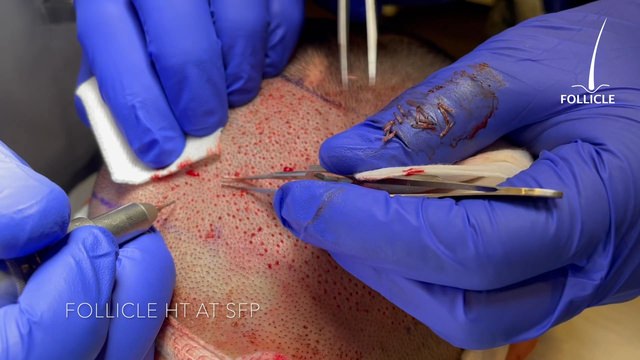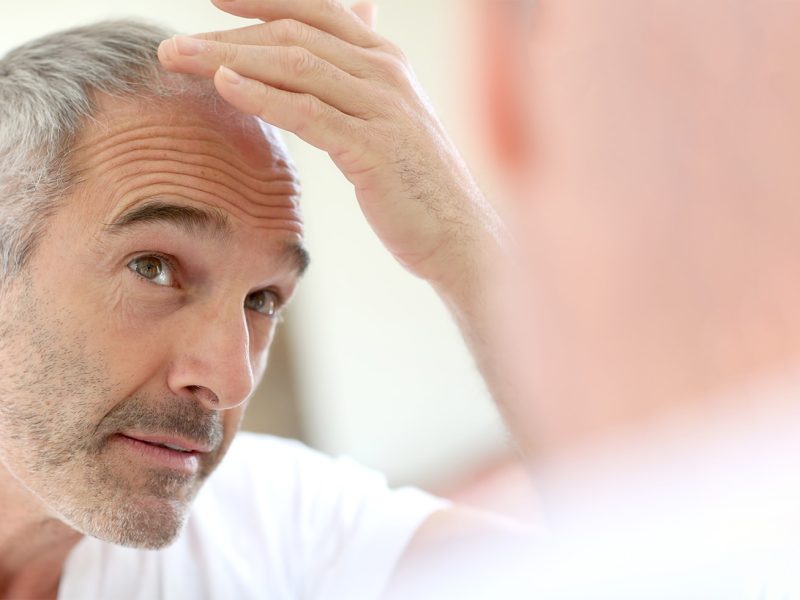


Hair Loss in Men
At Follicle HT, we recognize the critical role that appearance plays in personal and professional success, especially in an era dominated by social media and virtual interactions. How we present ourselves, including our hair, significantly impacts how others perceive us and how we feel about ourselves. Baldness or thinning hair can affect one’s self-esteem and the impression one makes on others.
The most common cause of hair loss in men is male pattern baldness (androgenic alopecia), which results from hormonal and genetic factors. Hereditary baldness is so common that many men consider it part of aging.

Causes of hair loss in the male patient
While various medical issues can lead to hair loss, temporarily or permanently, most individuals pursue hair restoration primarily due to male pattern baldness. This is scientifically referred to as androgenetic alopecia (AA).
Alopecia
“Alopecia” signifies hair loss, and “androgenic” pertains to androgens, which are male hormones linked to progressive hair thinning and shedding over time. In men predisposed genetically, pattern baldness occurs because of dihydrotestosterone (DHT), a hormone derived from testosterone through the action of the enzyme 5-alpha reductase. Interestingly, while DHT contributes to the growth of beard and body hair, it also plays a role in hair loss on the scalp. Propecia (finasteride) combats androgenic alopecia by inhibiting the 5-alpha reductase enzyme.
Various factors can cause hair loss, either temporarily or permanently, in addition to androgenetic alopecia. These factors range from hormonal imbalances, including thyroid issues to low iron levels, lack of proper nutrition, autoimmune diseases, side effects from medications, damage to the hair or scalp, stress, and more.
Genetics
Predisposition to male pattern baldness is thought to be largely inherited however the genetic process is complex and poorly understood. It is a myth that the “baldness-gene” is inherited from the maternal grandfather.
Poor scalp circulation
Other myths include that poor scalp circulation, caps or hats, or shampoos cause baldness, although certain products such as strong relaxants can damage hair.
Other conditions
In addition to androgenetic alopecia, there are numerous other conditions that can lead to temporary or permanent hair loss. Such conditions include thyroid or other hormonal imbalances, low iron, nutritional deficiencies, auto-immune disorders, medication side effects, trauma to the hair or scalp, stress and many others.
Stages of Hair Loss in Men
The impact of androgens on the male hairline can start as early as the teenage years, with most men witnessing some level of pattern hair loss by their fifties. This usually begins with a thinning of hair at the temples and crown, potentially evolving until only a fringe of hair remains around the perimeter of the scalp. Predicting any individual’s final degree and hair loss pattern can be challenging.
The Norwood Classification System for MPHL :
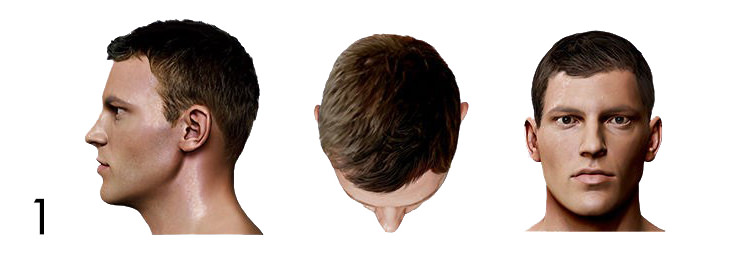

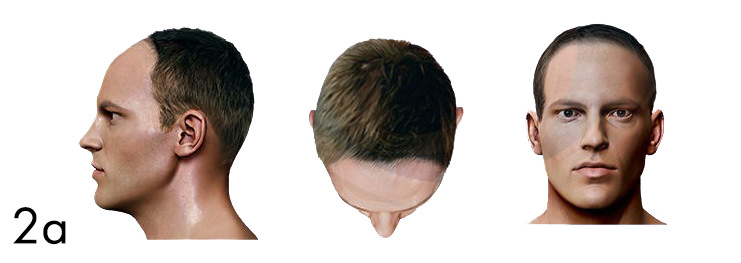
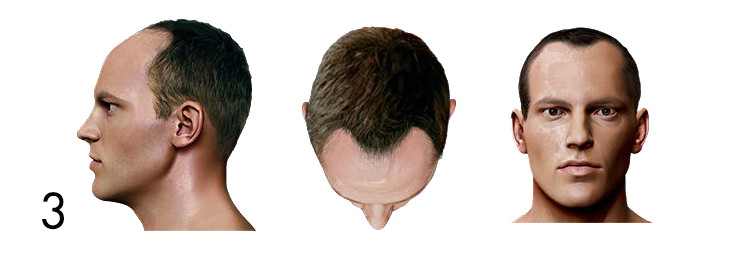
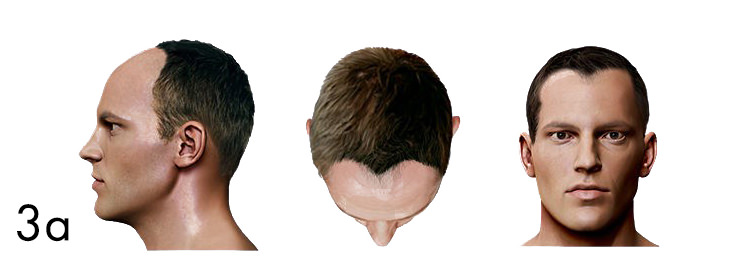
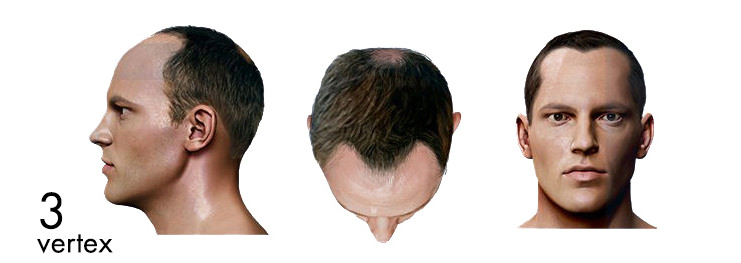

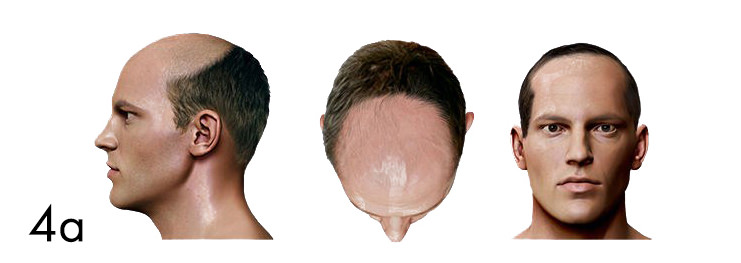
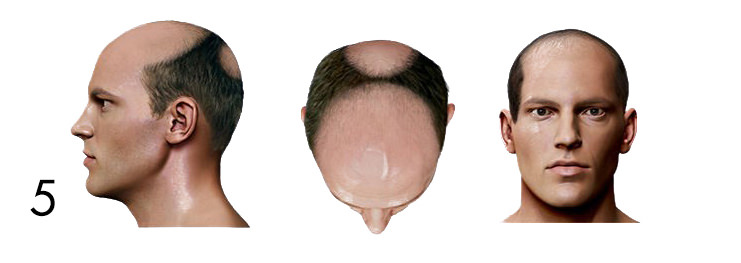
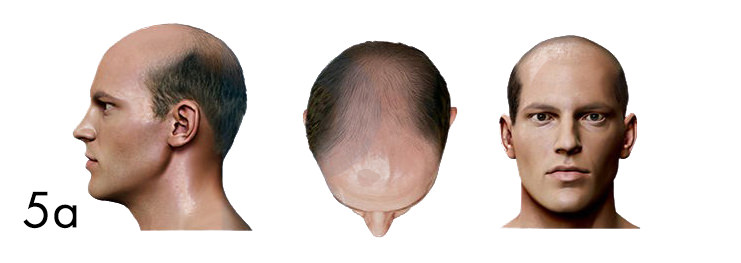
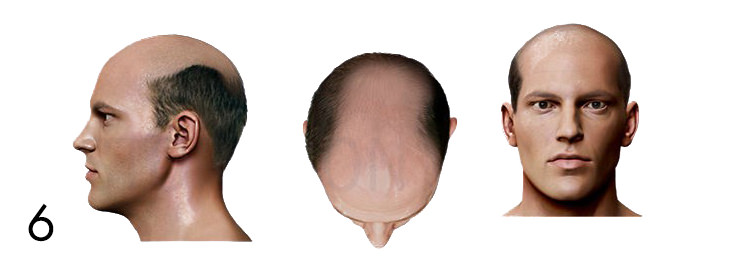

AM I A CANDIDATE?
Our Self-Assessment Tool for Hair Loss can assist you in determining whether a hair transplant is a suitable option.
Treatment for male hair loss
While there’s no way to prevent male pattern hair loss from happening forever, plenty of clinically proven therapies exist that can help slow hair shedding, promote hair regrowth and restoration while making your hair thicker. Our surgeons at Follicle HT have the experience and knowledge to properly diagnose hair loss in men, and will work with you to create a treatment plan that addresses on going hair loss management and restoration.

Medical treatment
For many patients, medical interventions can slow down or halt the progression of pattern hair loss, with some individuals even seeing hair regrowth. Key components of contemporary medical therapies are finasteride (Propecia) and minoxidil (Rogaine).
Keep in mind that without intervention, pattern baldness will continue to advance. Although regrowth occurs for some, the main aim of medical treatment is to halt further hair loss. Starting treatment early to protect the hair you have is crucial for effectively preventing hair loss. While there are viable solutions for restoring lost hair, our approach is grounded in the belief that prevention is typically simpler and more effective than treatment.
Injections Hair Restoration
At Follicle HT, we also embrace alternative hair restoration techniques like injection therapy. This non-surgical treatment suits individuals experiencing hair thinning and loss, regardless of gender. Injection therapy utilizes enriched cells to aid those dealing with genetic hair loss, androgenetic alopecia, and hair loss due to stress. Follicle HT is at the forefront of incorporating the latest medical advancements into our hair restoration practices.
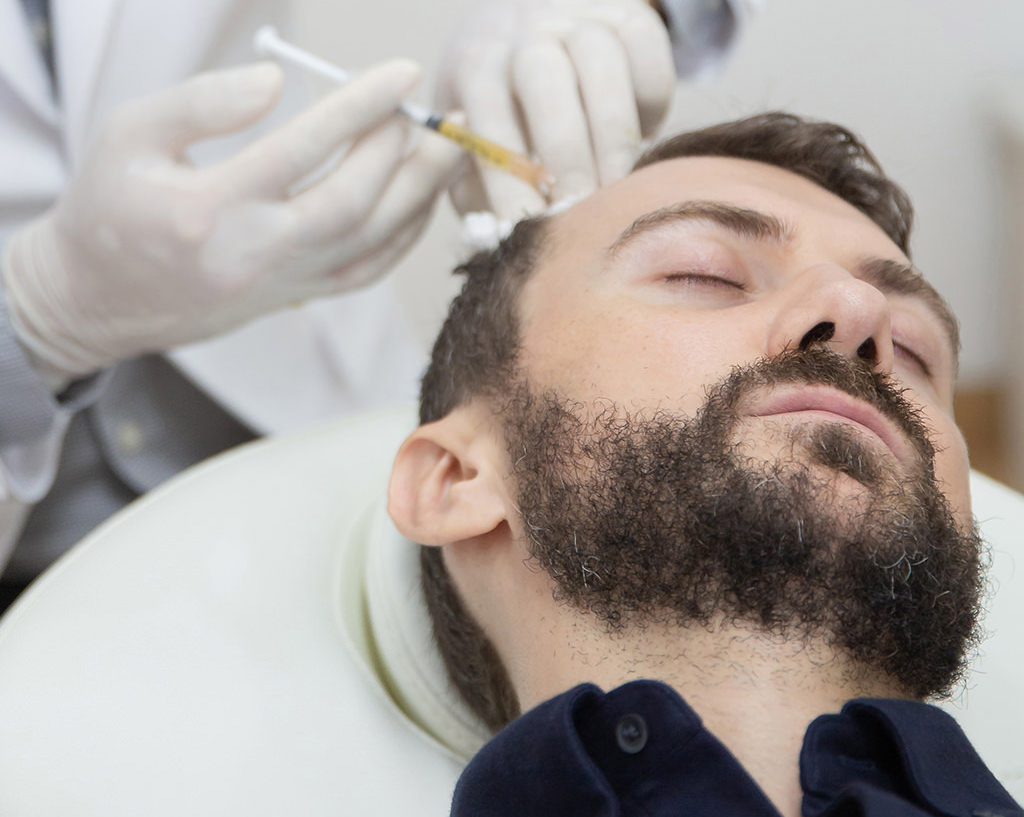
Scalp Hair Transplant
The significance of hair transplant surgery for women is gaining more traction. Contemporary hair transplantation techniques involve relocating hair from denser regions of the scalp, like the back of the head, to areas where thinning is more visible. The procedure is carried out on an outpatient basis, with local anesthesia and light sedation, ensuring minimal discomfort. Hair transplants typically yield highly satisfying outcomes when executed on patients with good candidacy and realistic expectations, significantly enhancing hair density.
Facial Hair Transplant
Modern hair transplant methods extend beyond treating scalp hair loss; they can also treat facial hair loss. Men experiencing facial hair loss, whether from naturally sparse facial hair, injuries, burns, or past surgical procedures, may find a solution through facial hair transplantation. The precise surgical approaches used by our team ensure scars are virtually invisible and the outcomes are durable, maintaining a natural appearance as patients age. This level of care and result gives our patients confidence in their decision to undergo hair transplantation.
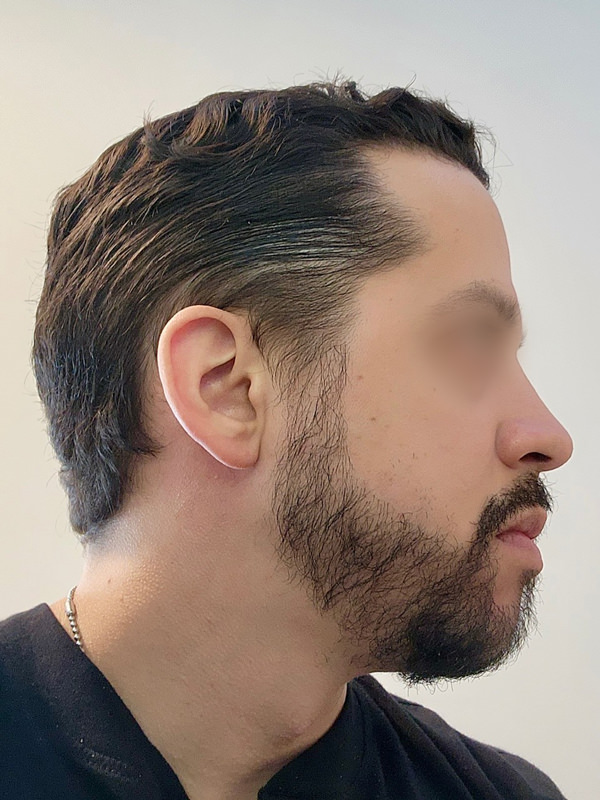
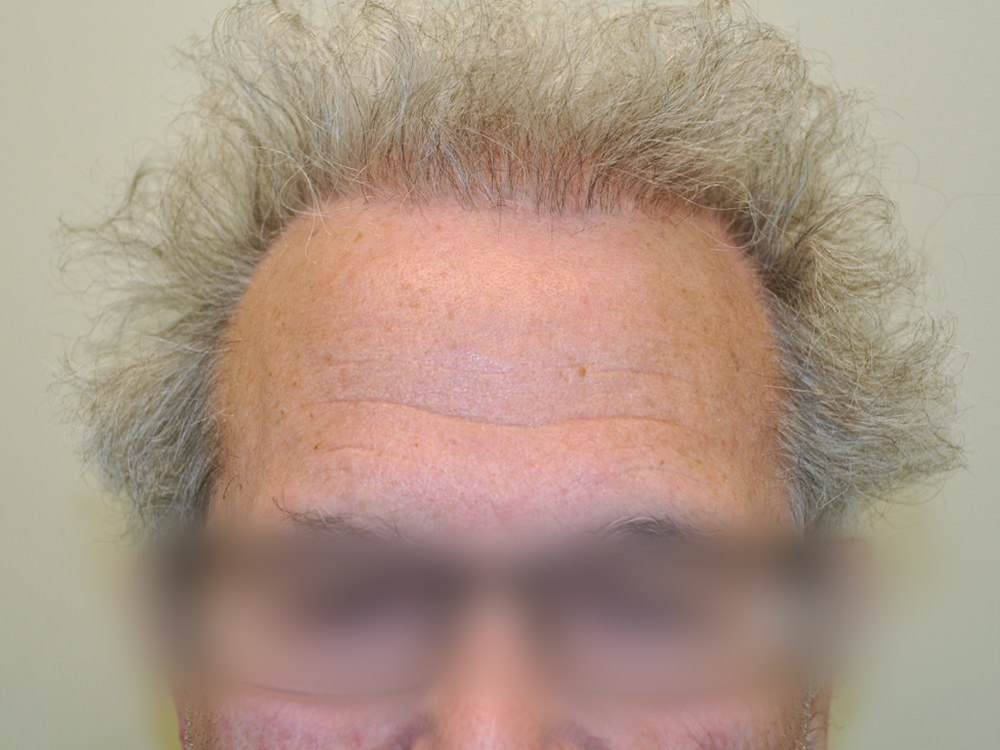
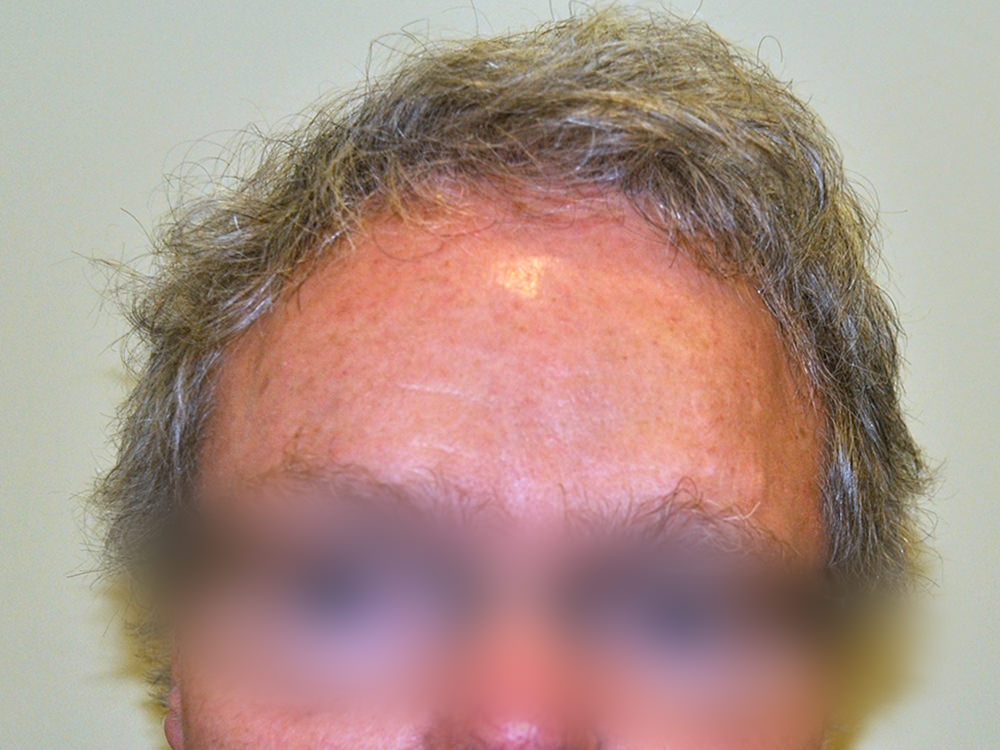
54-year-old man’s correction. 1500 follicular units harvested via FUT. 8 months post-op.
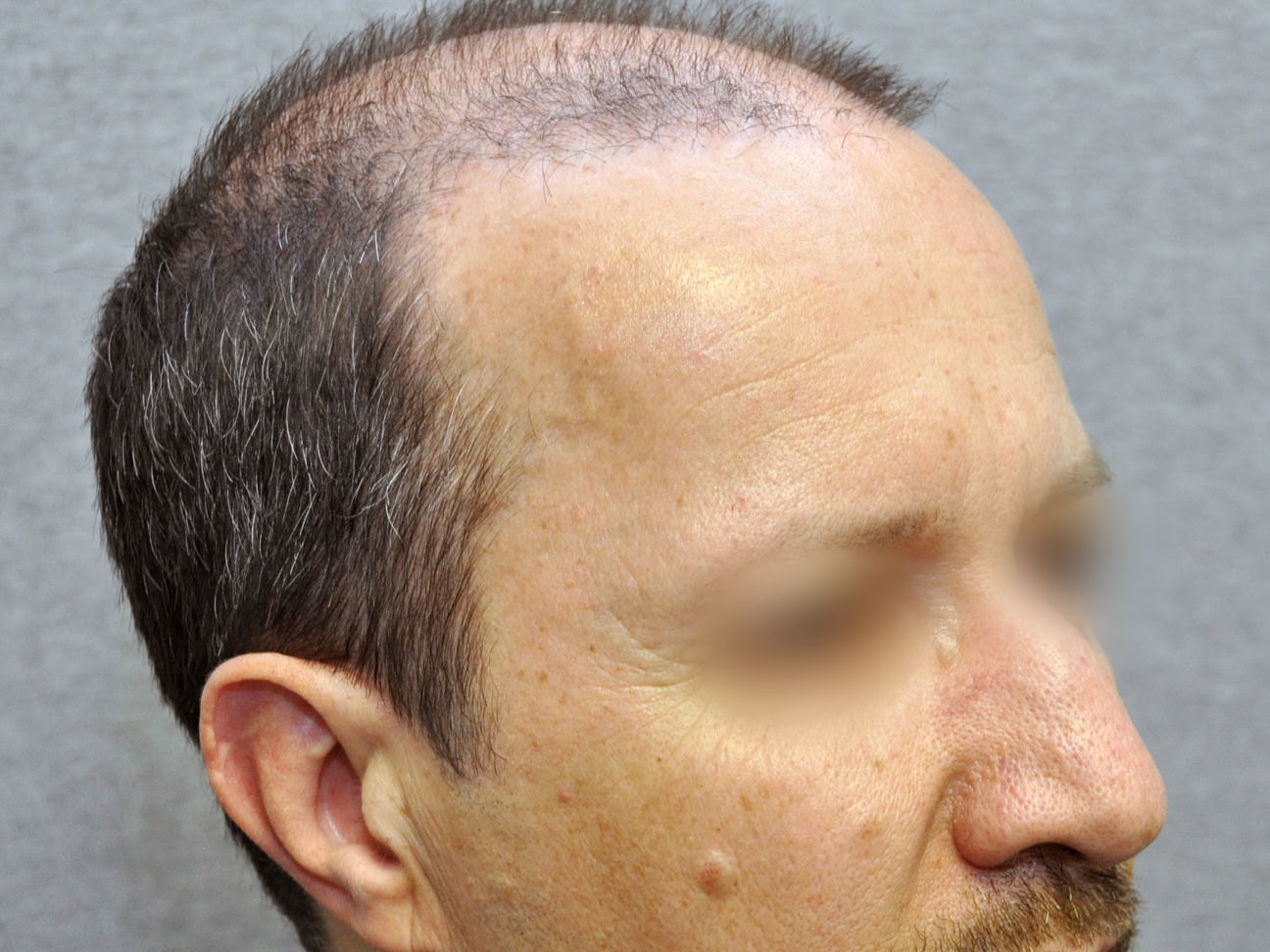
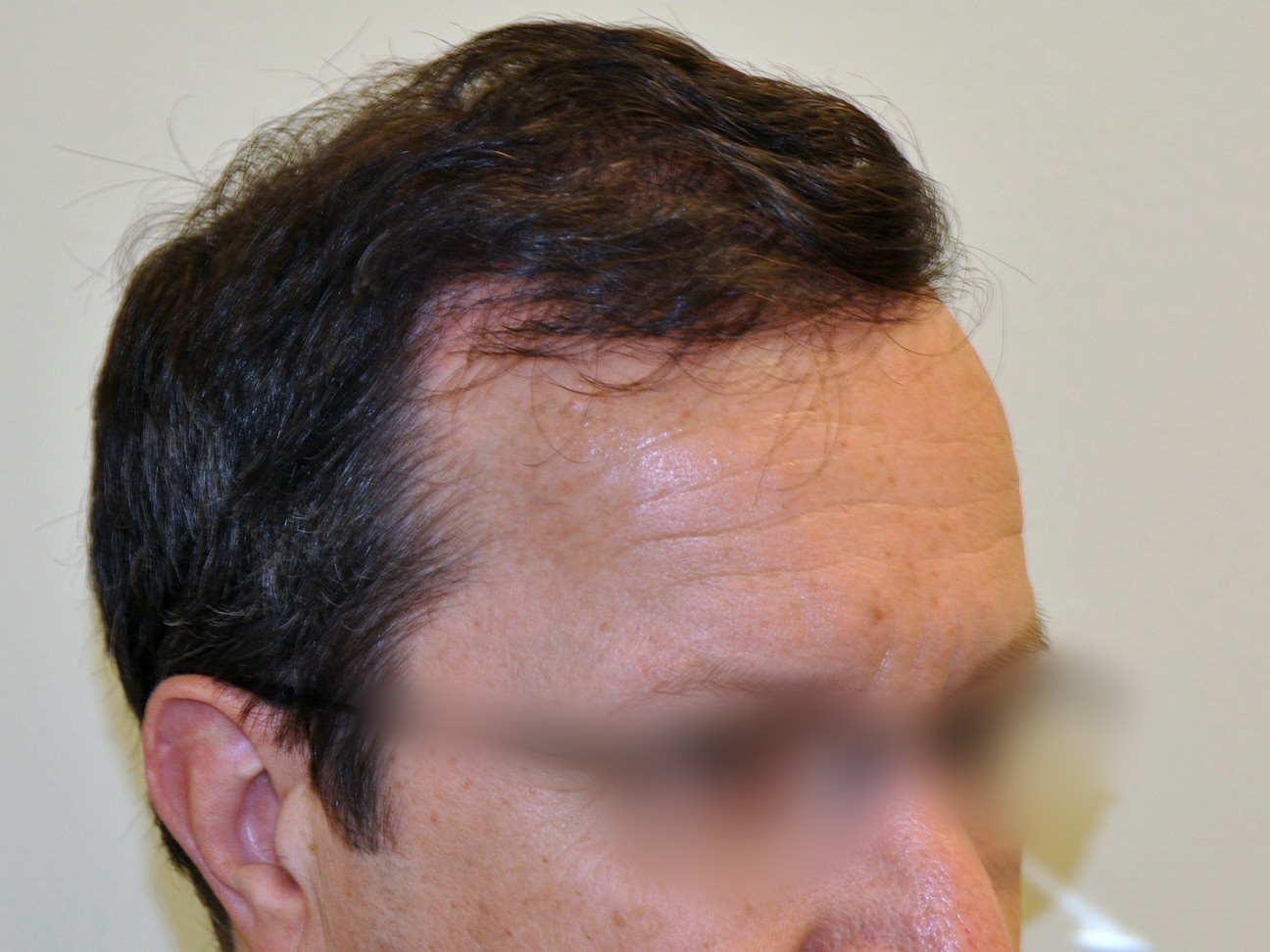
55-year-old male underwent 3600 follicular units in 2 sessions.
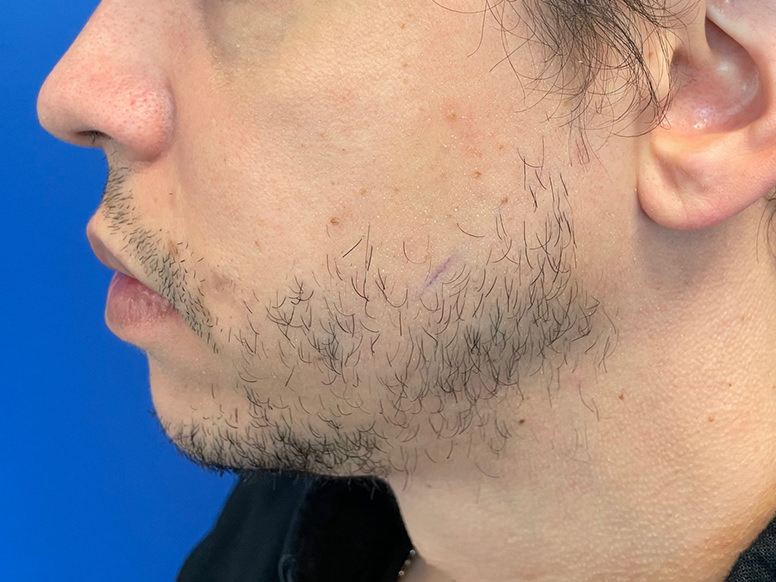
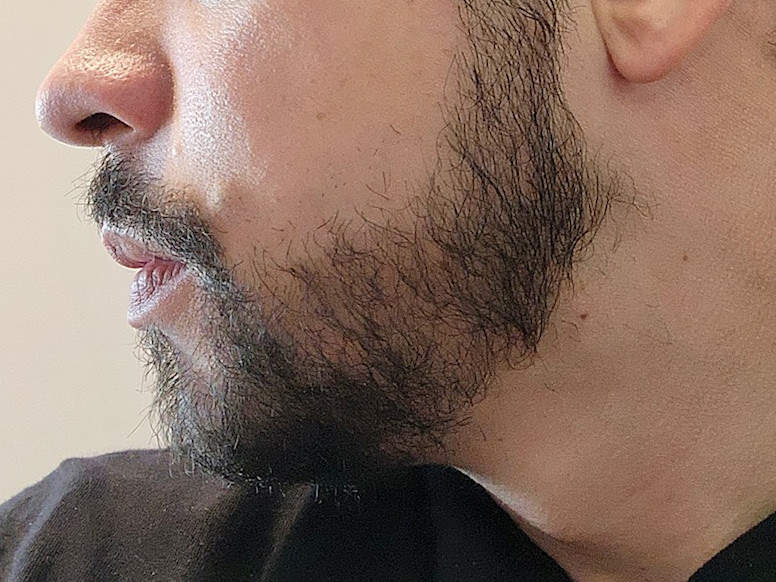
35 year old male. 1872 follicular units to beard via FUE. Shown approximately 10 months post operatively.
AM I A CANDIDATE?
Our Hair Loss Self Evaluation tool can help you decide if a hair transplant is the right procedure for you.
START YOUR TRANSFORMATION TODAY
Your hair transplant journey begins with your decision to make a positive change.
At Follicle HT, our philosophy is that modern hair transplantation is a freedom granting procedure. We strive to help all our patients look and feel their very best by having the full range of options available.
Let’s open a discussion, see how we can help!


